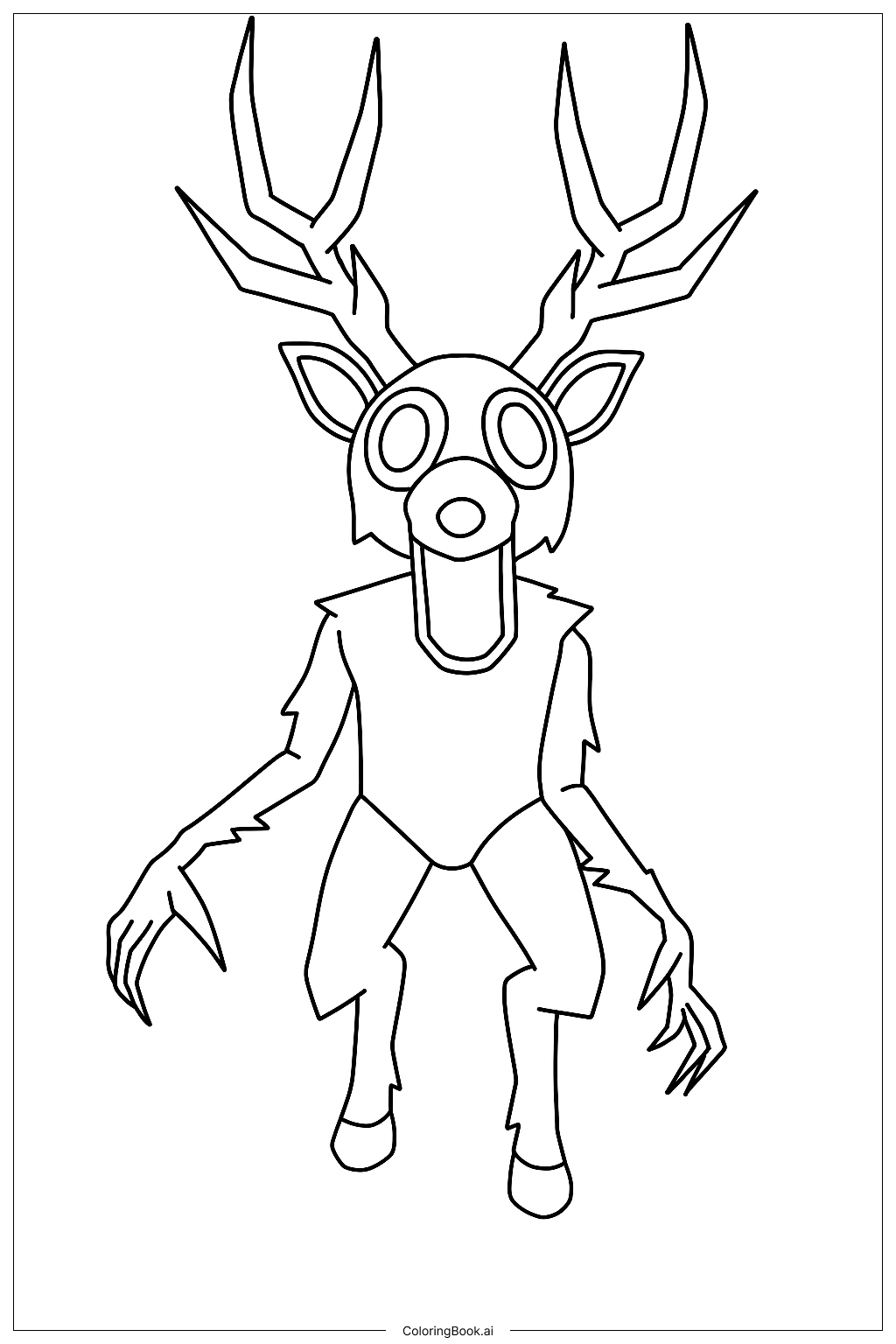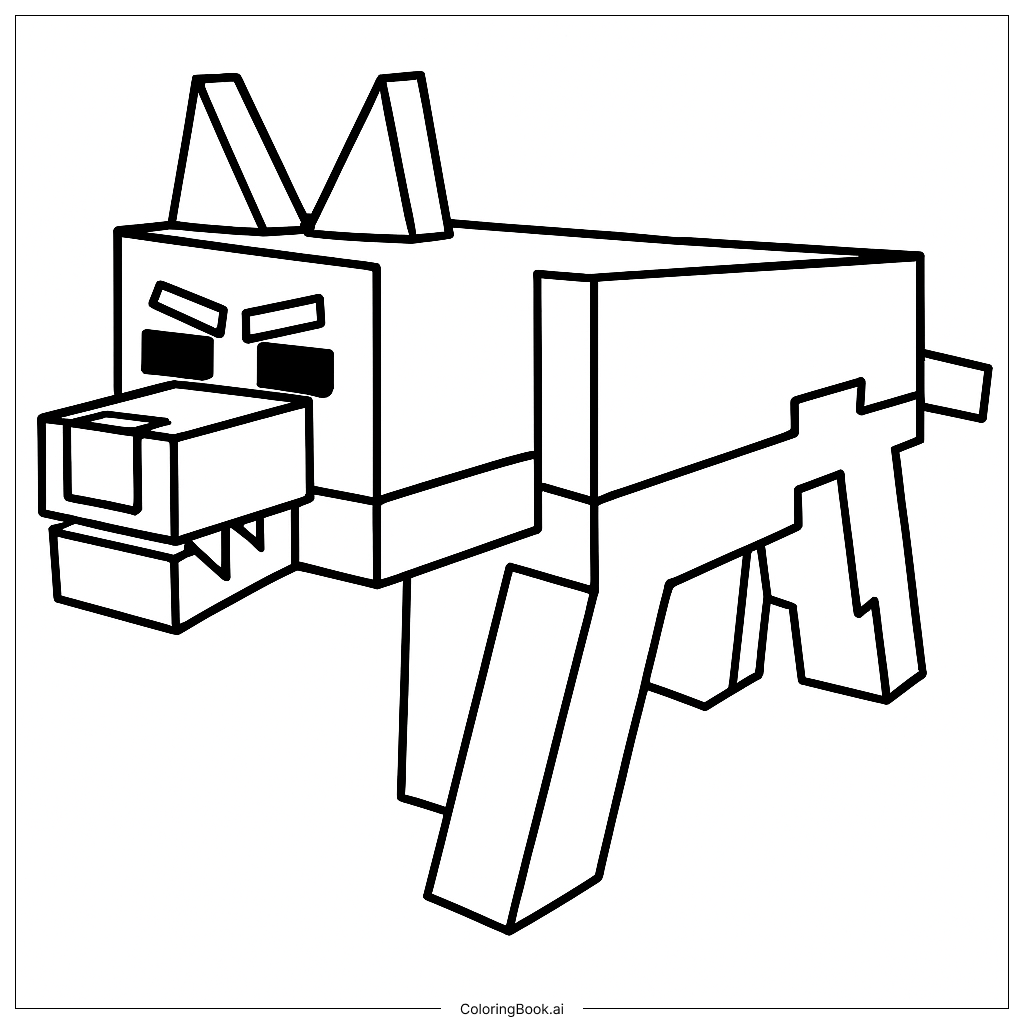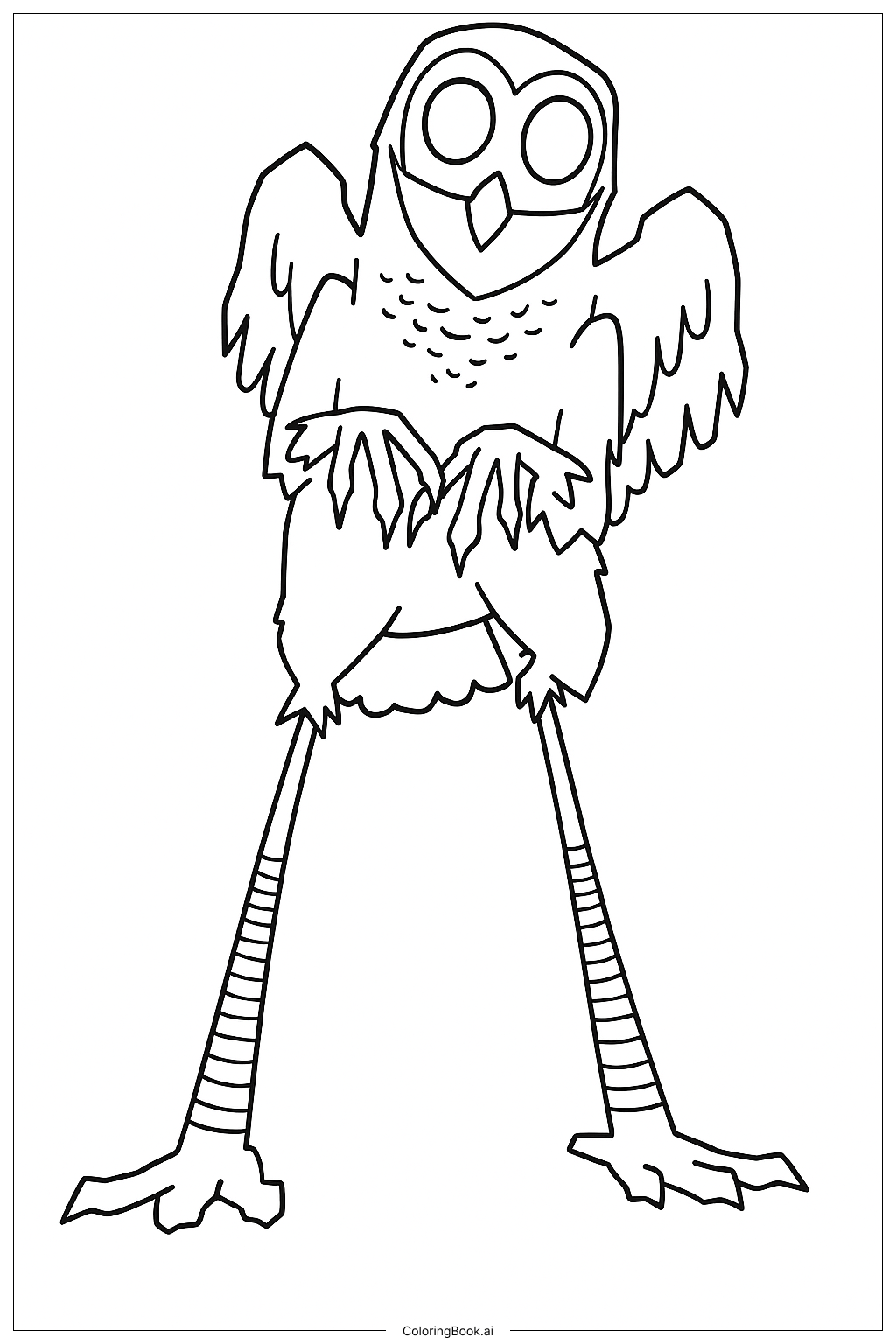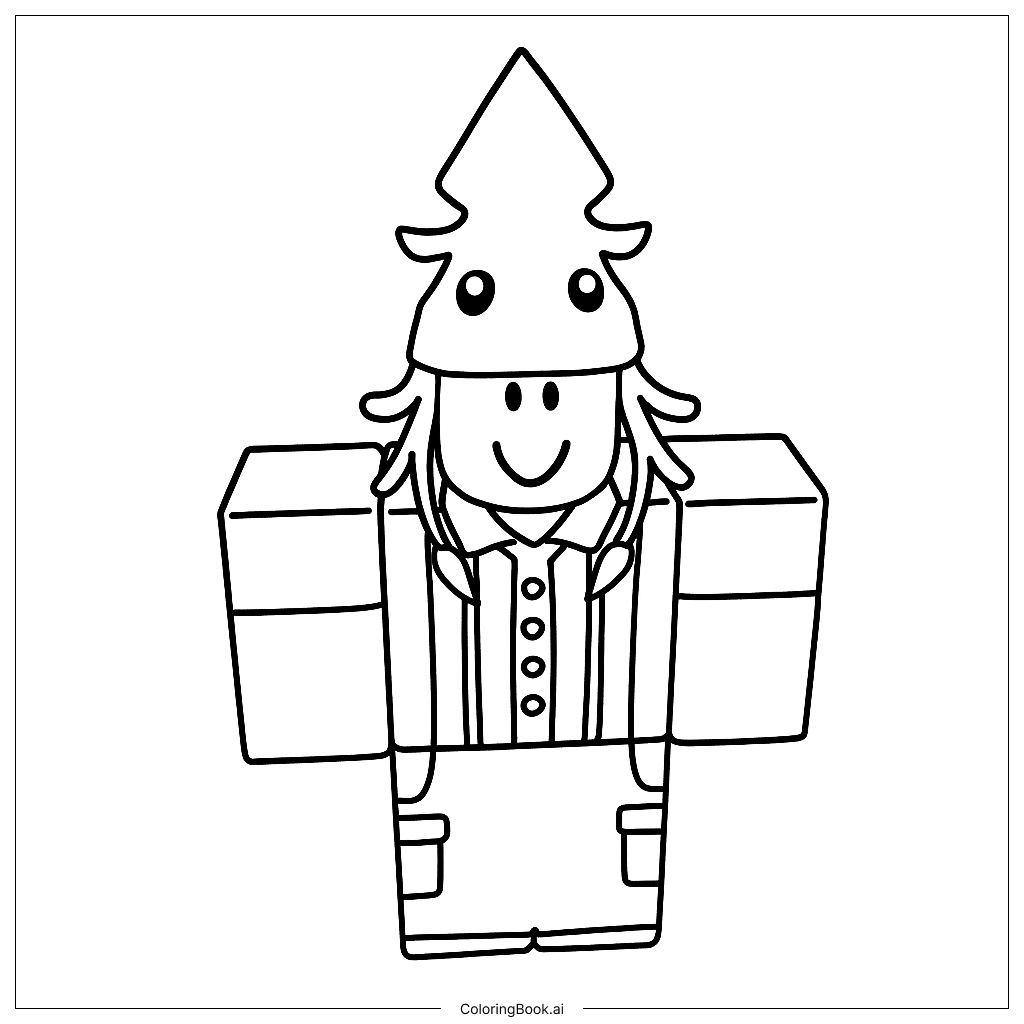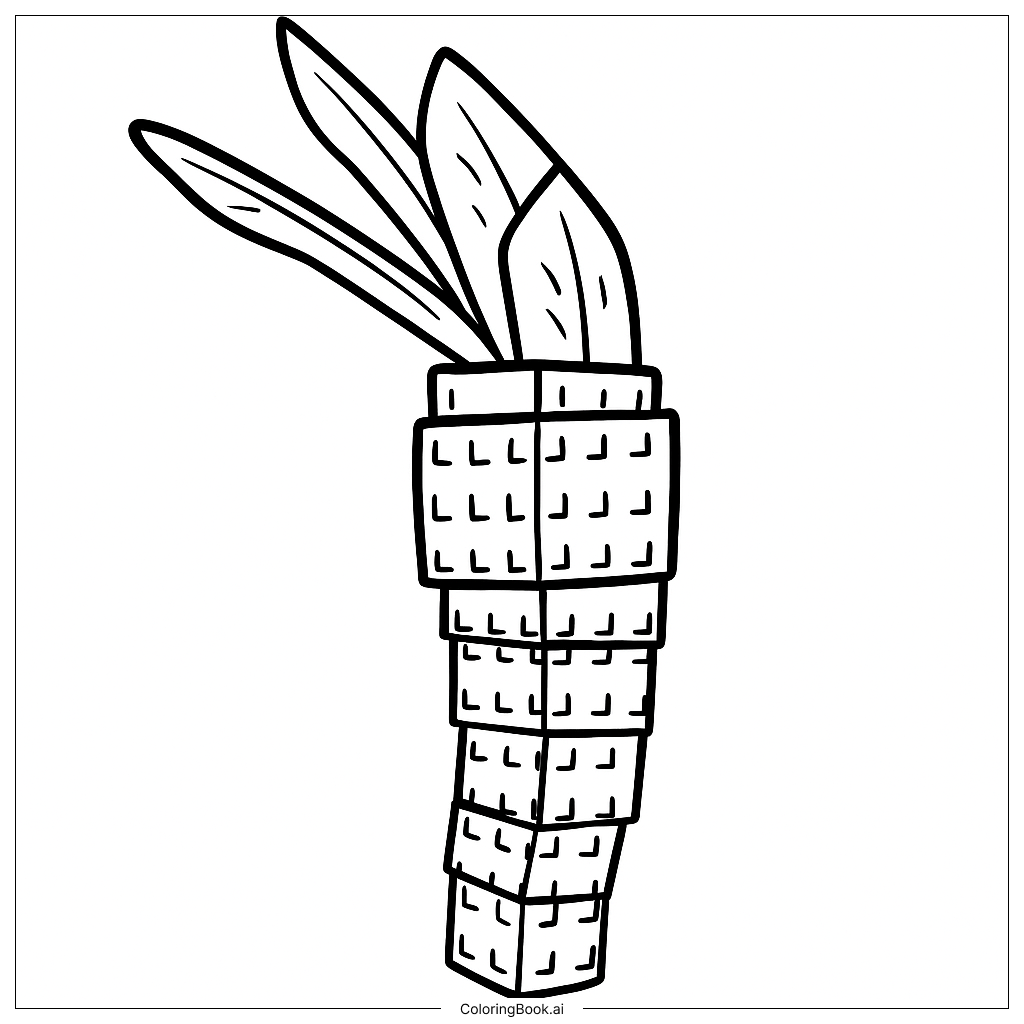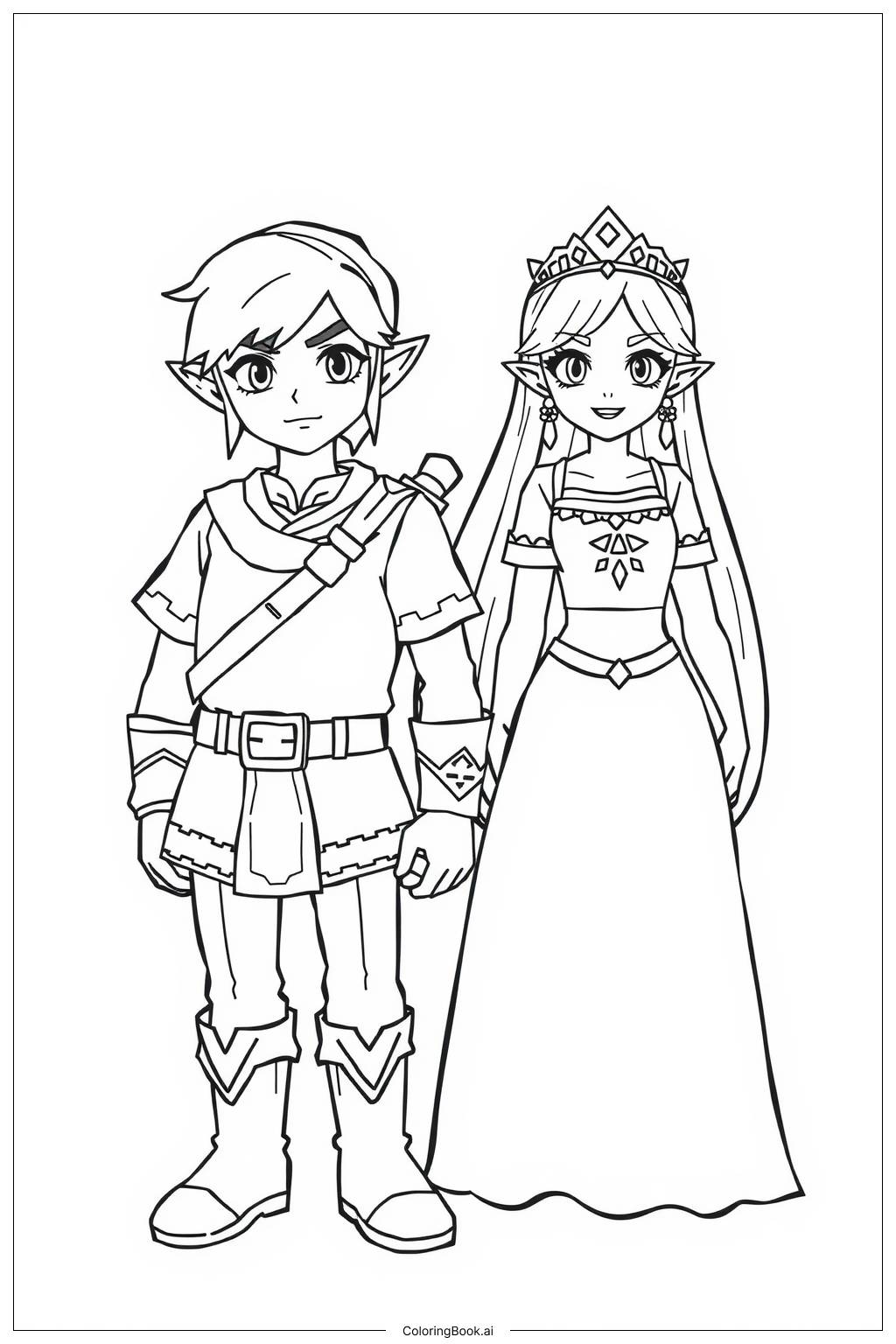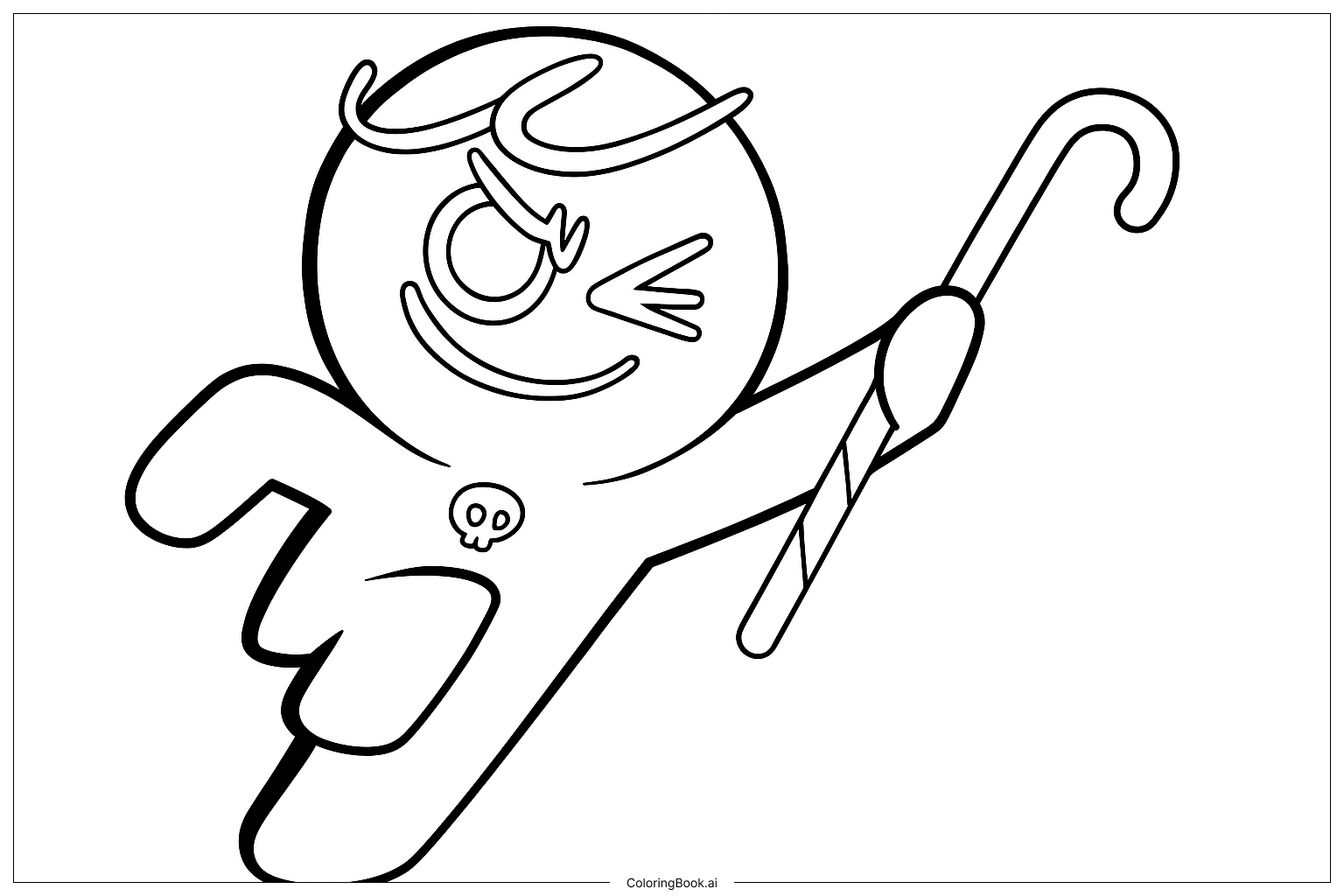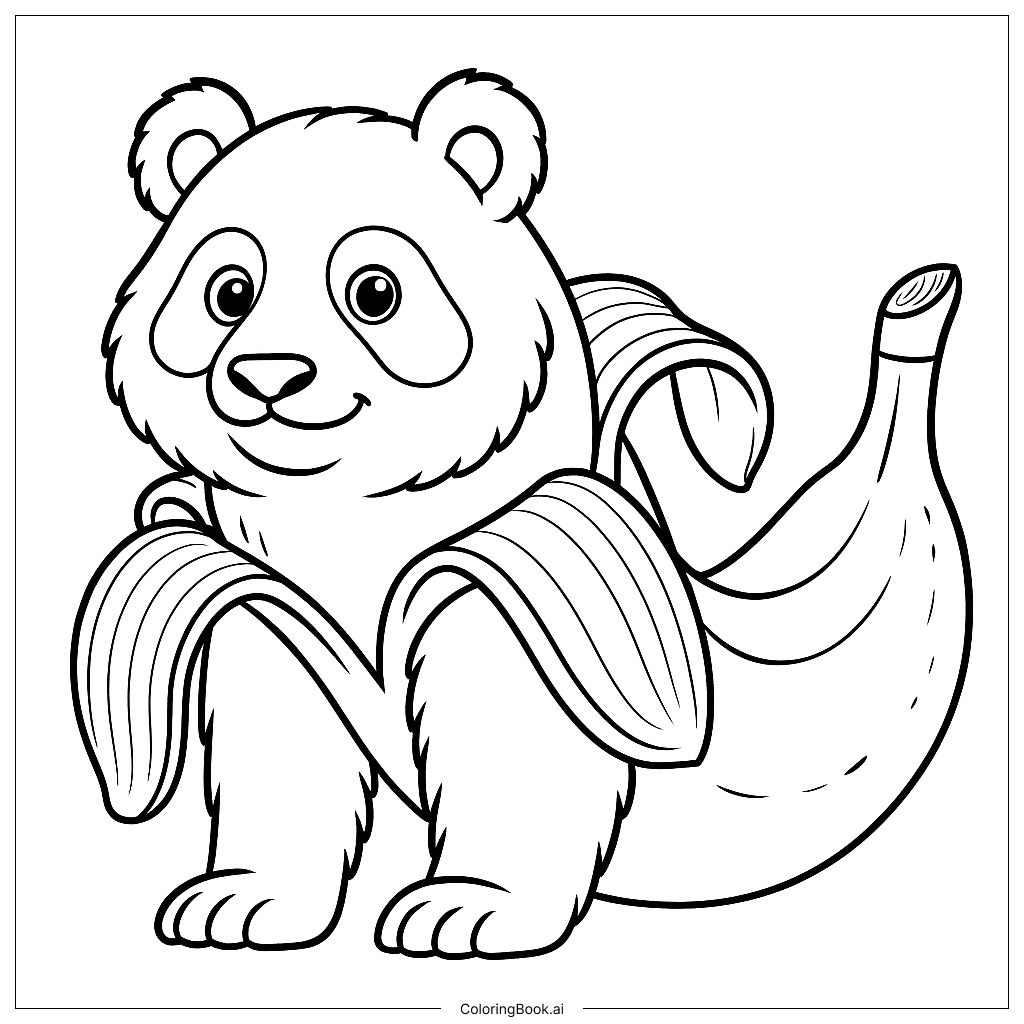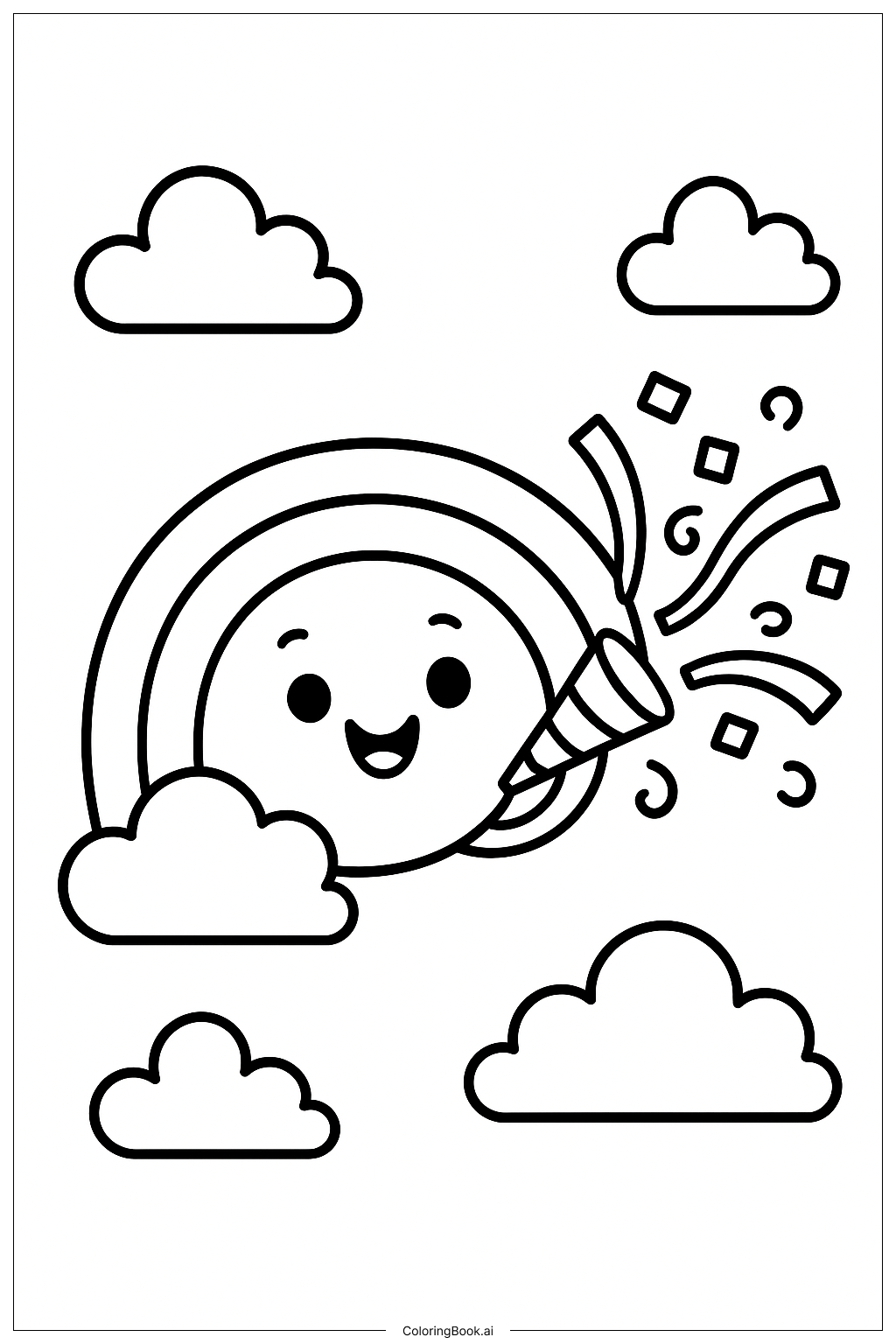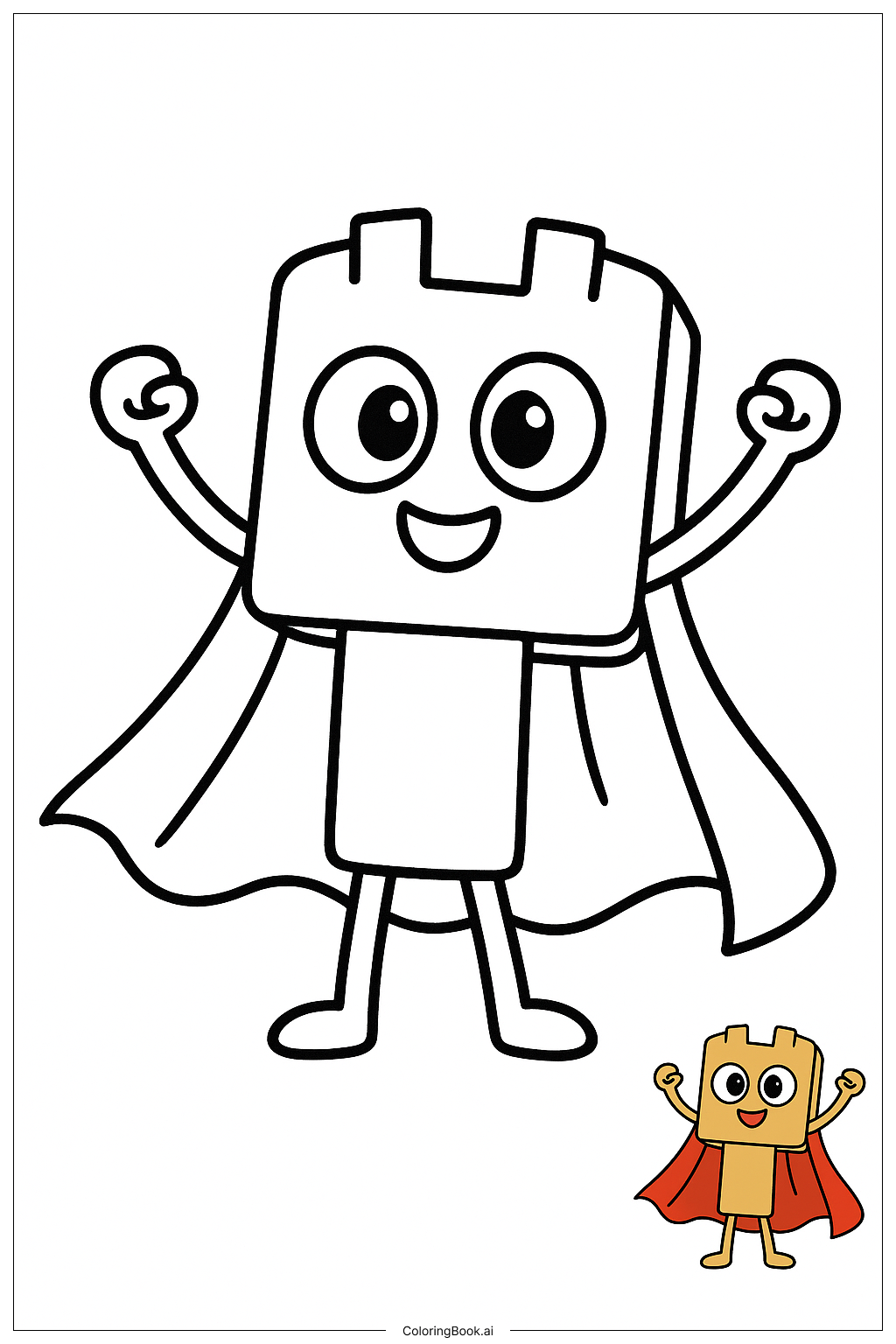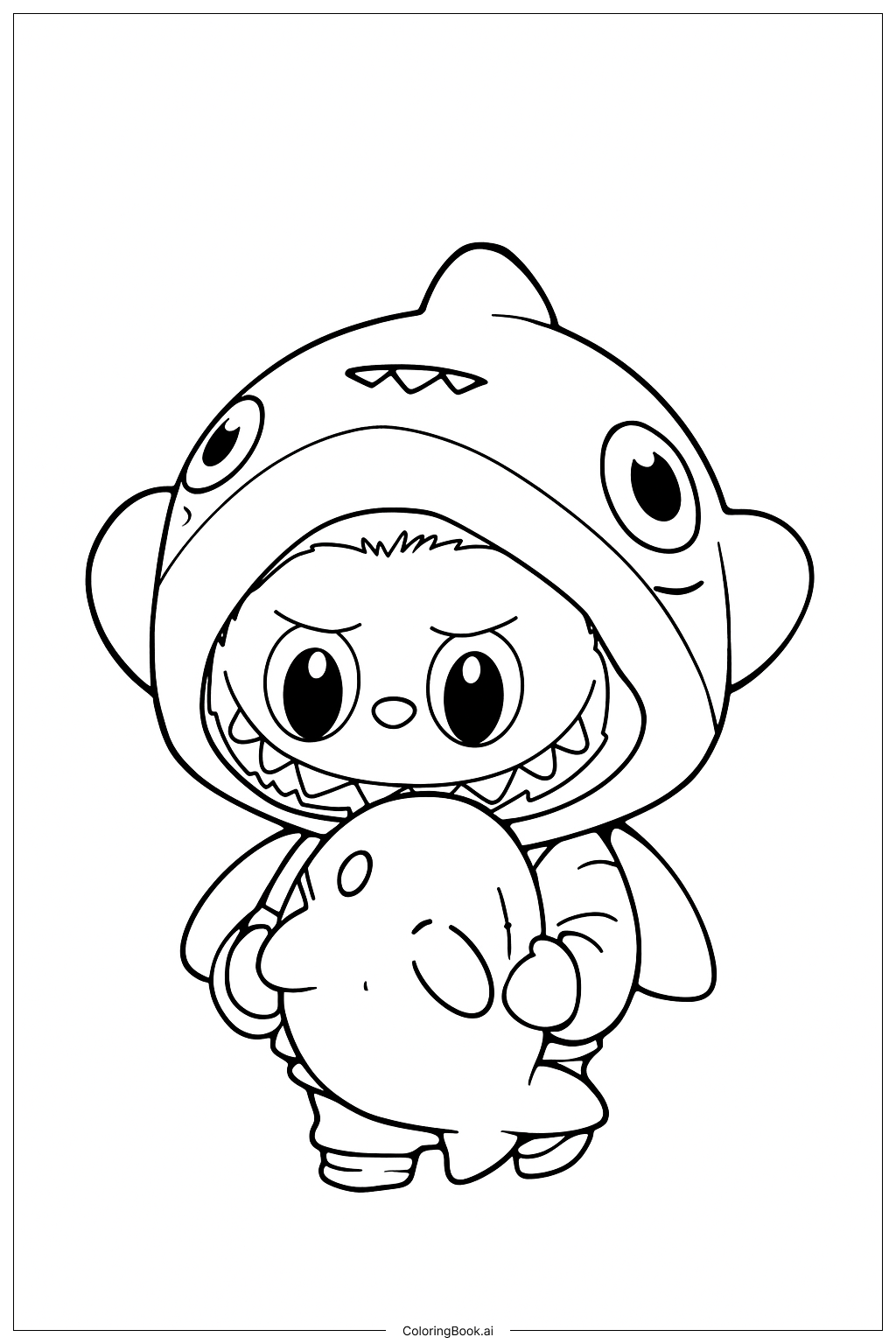Coloring tips: How to color Hellephant coloring page well?
Use a mix of gray and light blue for the Hellephant's body to give it a magical feel. Color the tusks white or light cream with some shading to show their segments. You can use darker gray or purple for shadows on the legs and under the body. Try using bright colors like green or yellow for the eyes to make them stand out. Adding a colorful background like a forest or night sky will make the Hellephant really pop. Feel free to use different shades and be creative with patterns on the body too!
Coloring challenges: Which parts are difficult to color and need attention for Hellephant coloring page?
1. The segmented tusks are made of many small parts, which means careful coloring is needed to keep the lines clear. 2. The blocky shapes of the legs and body require even coloring to avoid patchiness. 3. The straight edges and rectangular shapes challenge kids to color within clean lines. 4. Adding shading on flat geometric shapes can be tricky when trying to show depth. 5. Keeping the eye colored neatly is important since it is a small detail that adds life to the picture.
Benefits of coloring books: Advantages of drawing Hellephant coloring page
Coloring this image helps children improve their fine motor skills by practicing inside the straight lines and small spaces. It encourages creativity with the unusual elephant design that invites imagining magical creatures. Kids learn about shapes and symmetry by coloring blocks and rectangles. It also teaches patience and focus as they carefully color the many parts of the tusks and body. Overall, it’s a fun way to develop artistic skills and concentration.

